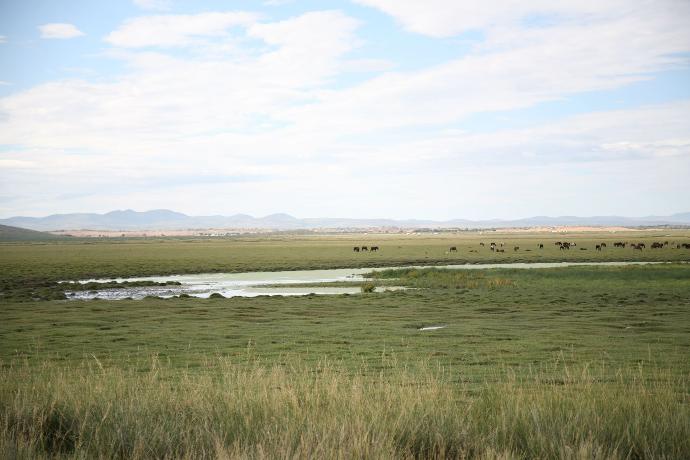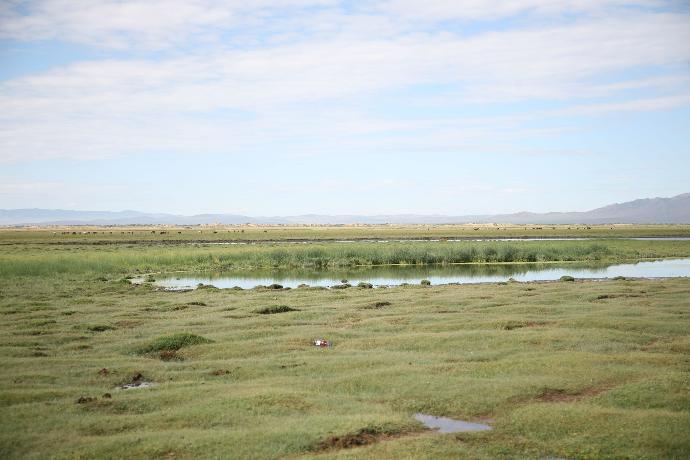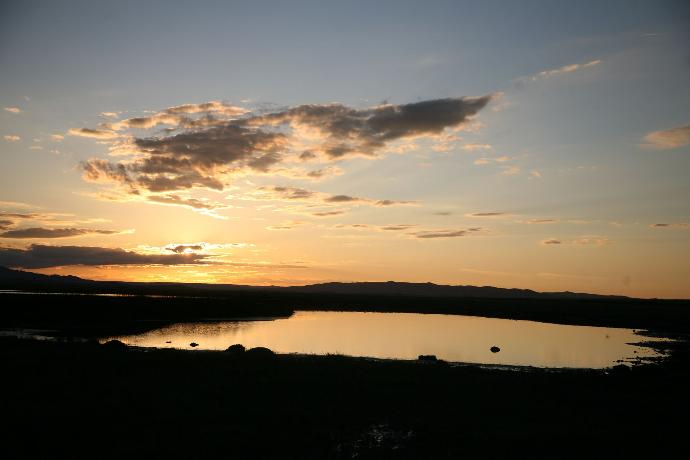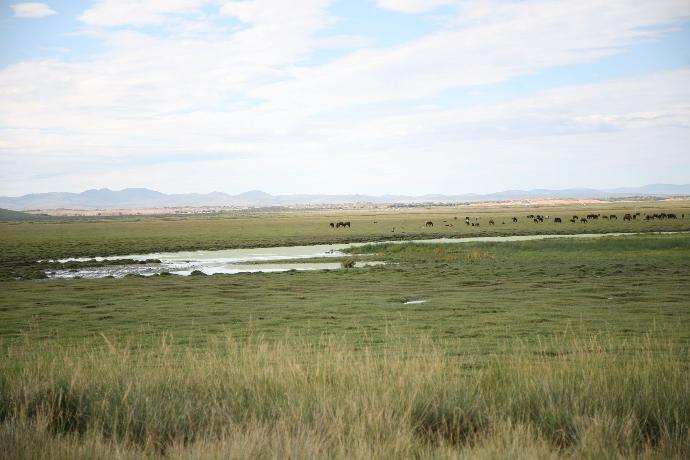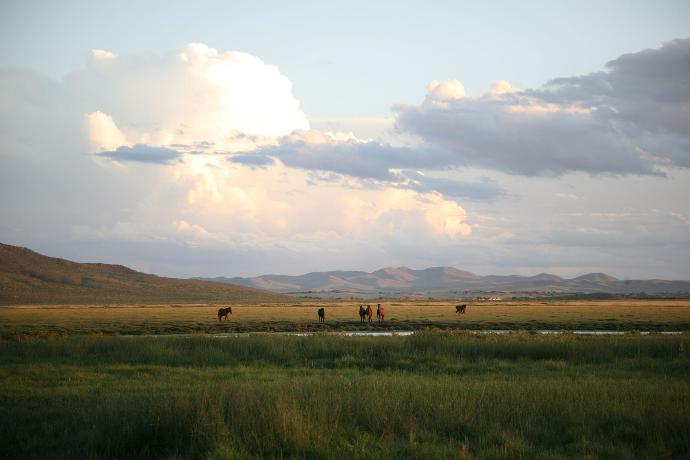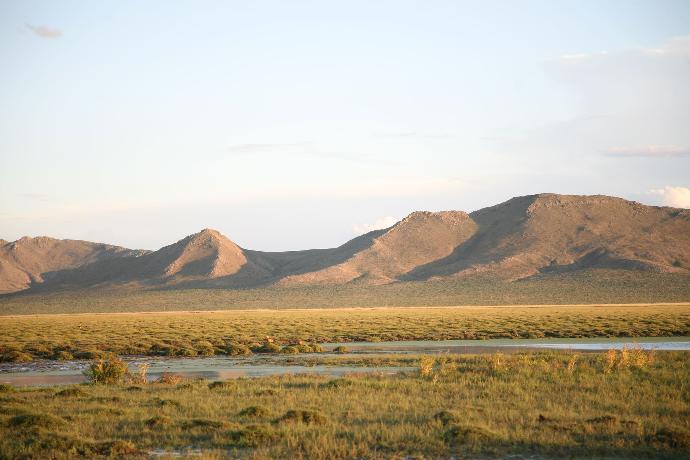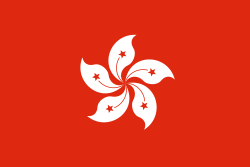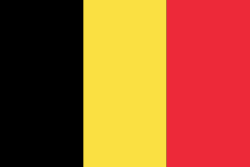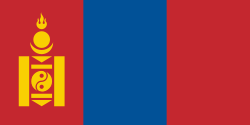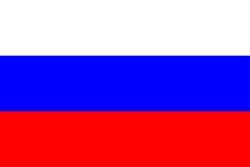Hoyor Zagal lodge 2025

Hoyor zagal tourist camp is located Mount, Unegt 15km from Bulgan province, Rashaant soum and 6 km from Khar-Khorum highway. Since its establishment in 1999, Hoyor zagal tourist camp had been providing high quality services to our guests. The location of the Hoyor Zagal camp makes it totally different and unique from others.
It is an extraordinary place with many different forms of natural landscape, combination of a Gobi sand dunes, wide open steppe, beautiful lush oasis and rocky high mountains. Architecture and design of the Hoyor Zagal tourist camp truly presents authentic nomadic tradition, culture and civilization. Hoyor Zagal tourist camp provides a comfortable traditional Mongolian ger accommodation and serves delicious traditional and European cuisines to our guests from all around the world
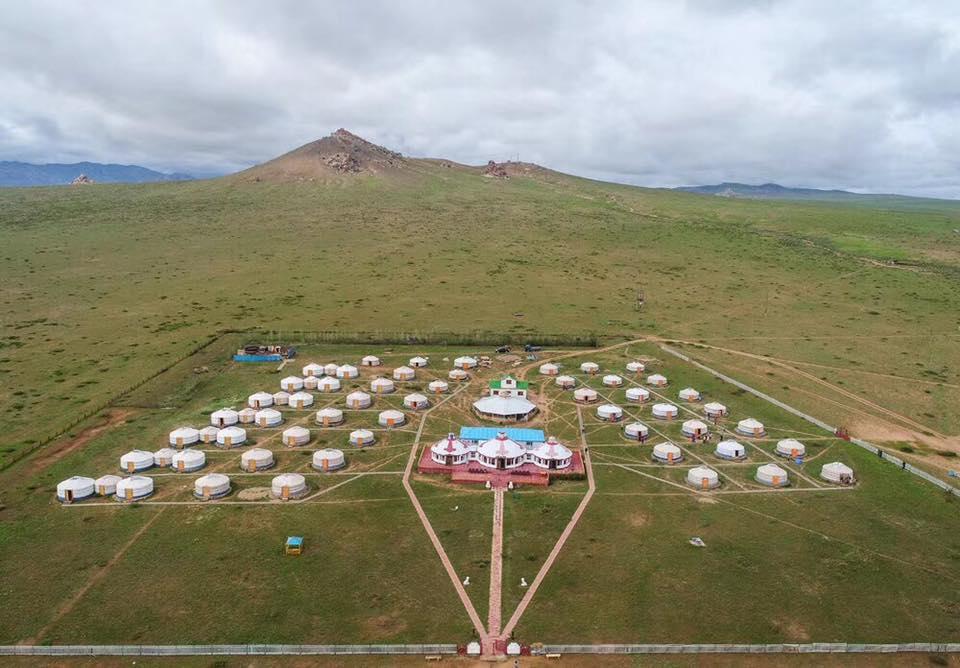
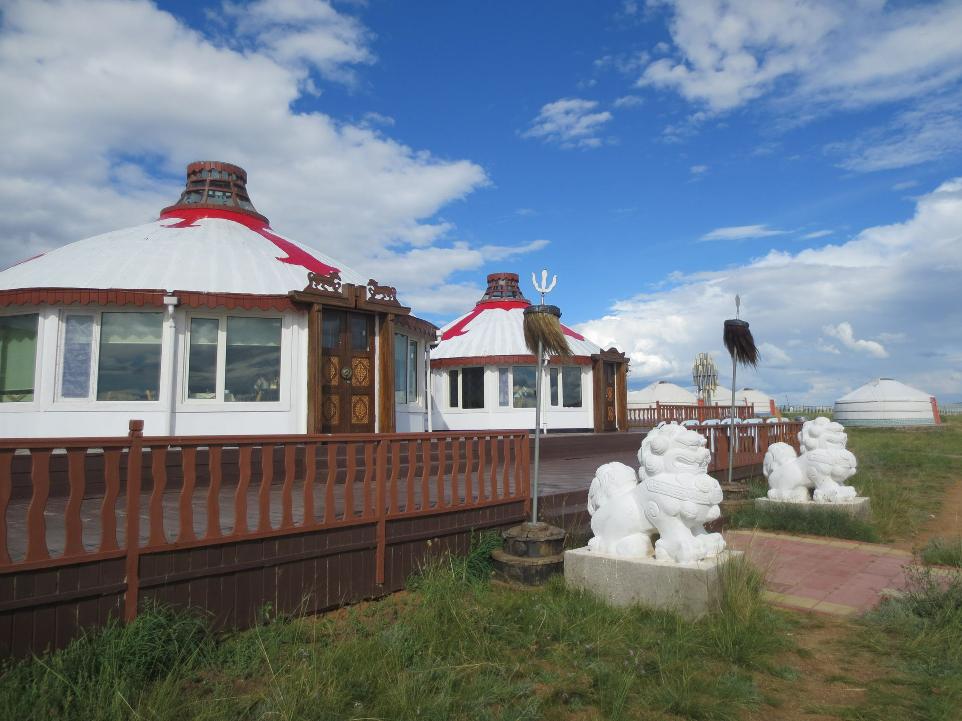
Of the network of camps, Hoyor Zagal camp was established the earliest as a gateway to the central Mongolia. The camp is ideally located for the guests stay over from/to Ulaanbaatar without getting too tired from car ride before their ultimate destination. It is an extraordinary place with many different forms of natural landscape, combination of a Gobi sand dunes, wide open steppe, beautiful lush oasis and rocky high mountains.
The camp is named after renowned legend of the Great Chinggis Khan and his trusted two horses. The younger one feels their services for the ruler are not being appreciated enough, and tries to convince the older one to move away together. The older one is reluctant, but after the younger one runs away on his own, the older one follows.
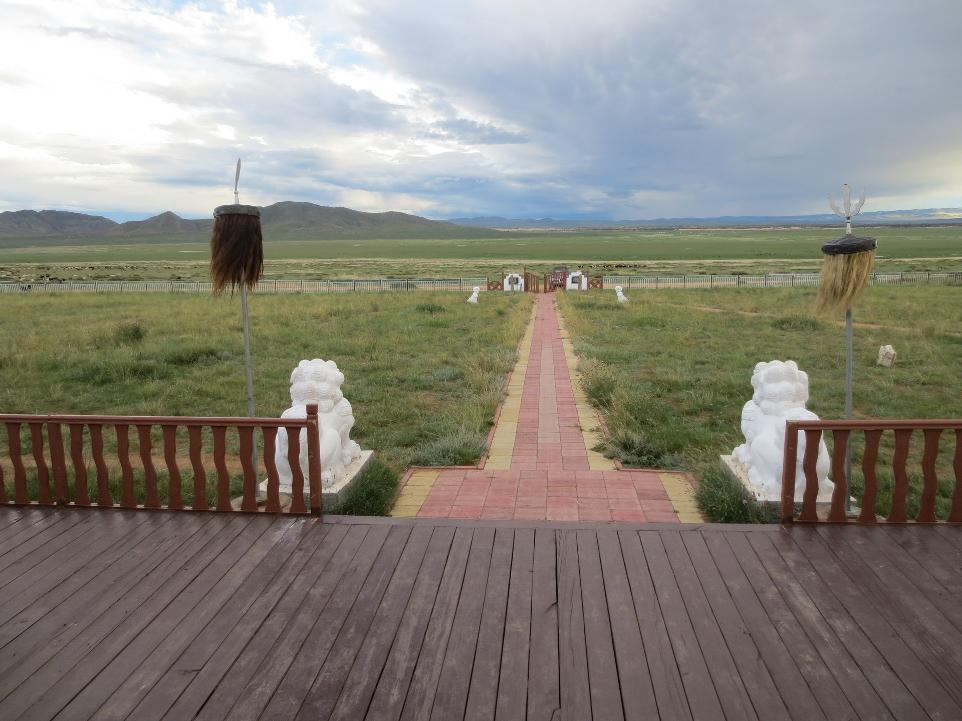
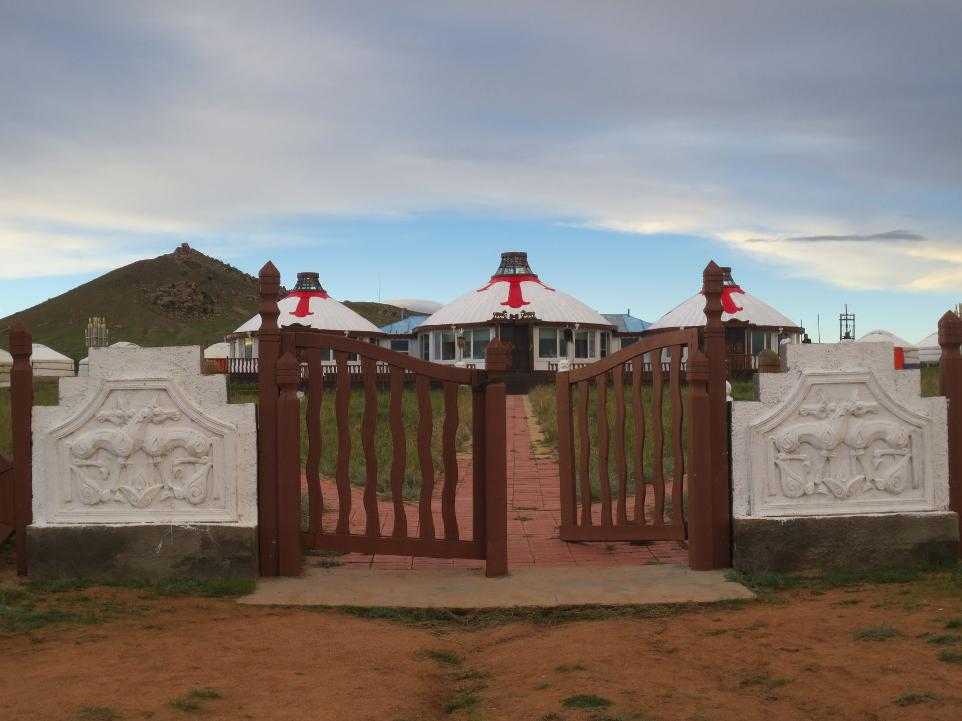
The younger horse enjoys his new freedom, but the older one is homesick for their master, their mother and their comrades. He gets thinner and thinner, and in the end the younger one agrees to return home. Meanwhile, Genghis Khan has been missing his two white horses too, and after their return they are duly praised when they perform services for the khan. In the end, strips of silk are bound into their manes - a custom still observed today, for example with horses that have won several Naadam races. Just like the legend, the camp was established to become the trusted brand for our guests.
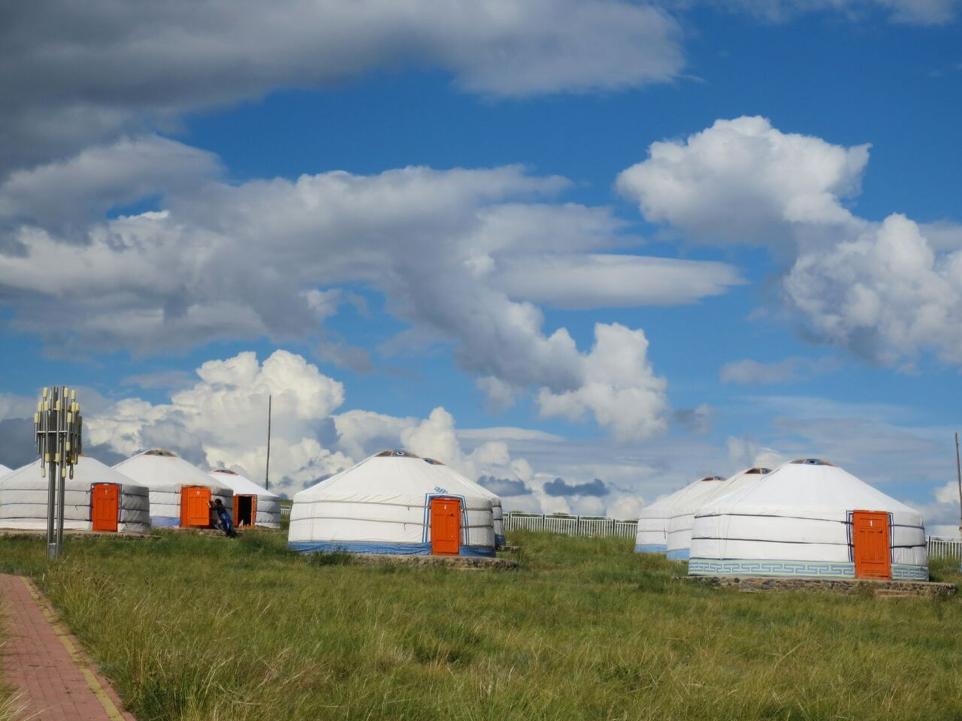
What is ger? Mongolian traditional ger is a portable, round tent covered with felt and used as a dwelling by nomads in the steppes of Mongolia. The structure consists of an angled assembly or latticework of wood for walls, a door frame, ribs (poles, rafters), and a wheel (crown, compression ring) possibly steam-bent. The roof structure is often self-supporting, but large yurts may have interior posts supporting the crown. There are 56 gers, half of which is ensuite gers and the other half gers are standard gers without ensuite facilities!
Deluxe twin - Private bathroom facilities are contained within the ger itself, which creates cozy relaxing atmosphere for our guests.

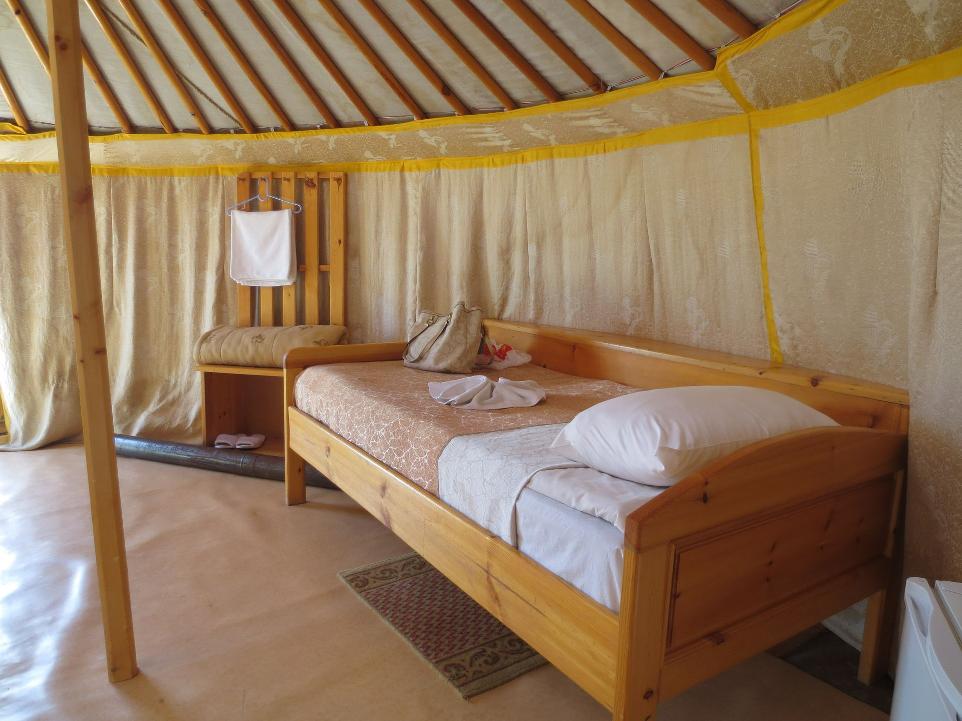
Standard ger – Mongolian traditional ger without private facilities. Public restroom is provided for the guests in the middle of the lodge.
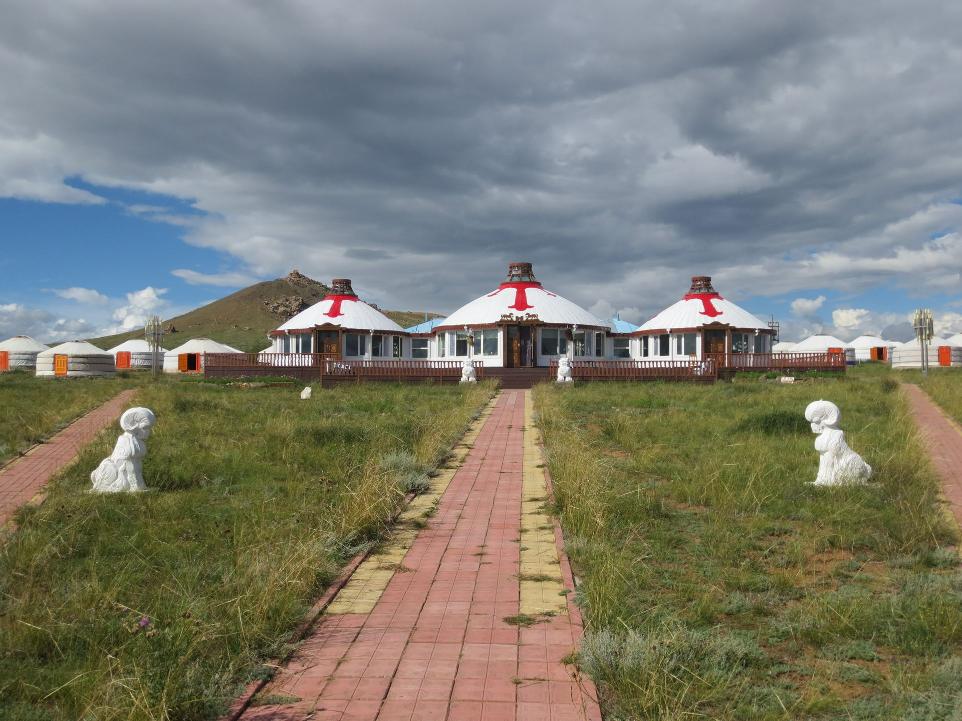
Internet Access -The complimentary wireless internet access is available in the main restaurants.
Outdoor patio –You will able to appreciate the view from our patio while enjoy drinks and meals suitable for all types of weather. For the chillier weather, comforter can be provided to make your stay even more comfortable.
We have planted a few hundred plants at the lodge in order to combat against desertification in the area. Since planting the tree in 2007, we are witnessing increase migratory birds in the area.
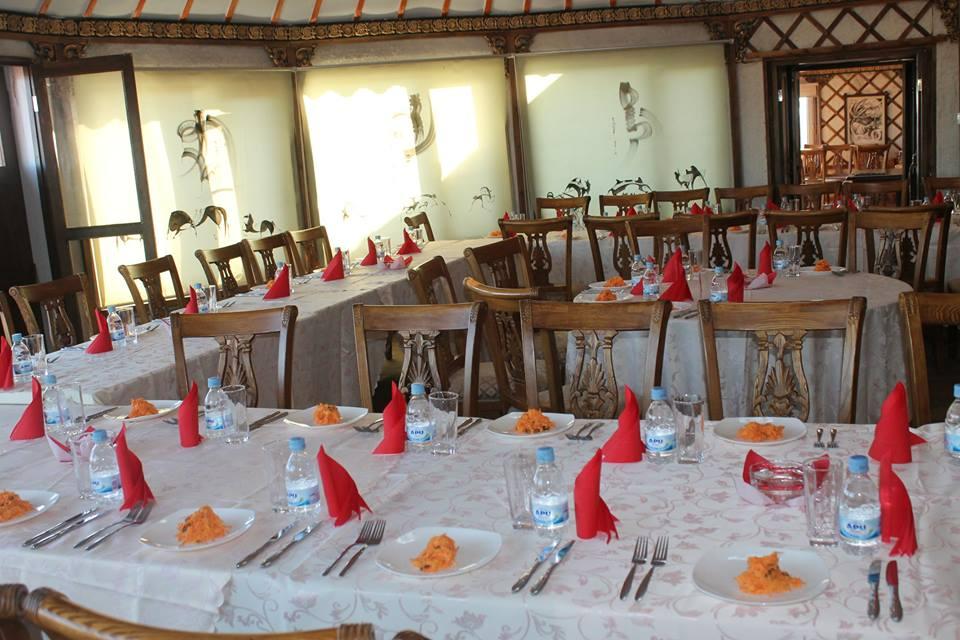
Hoyor Zagal Lodge is fitted with a three-round shaped ger restaurants, serving traditional Mongolian and western cuisine suitable for everyone. You will also be able to enjoy your cold or warm drinks on our outdoor patio for the guests to enjoy.


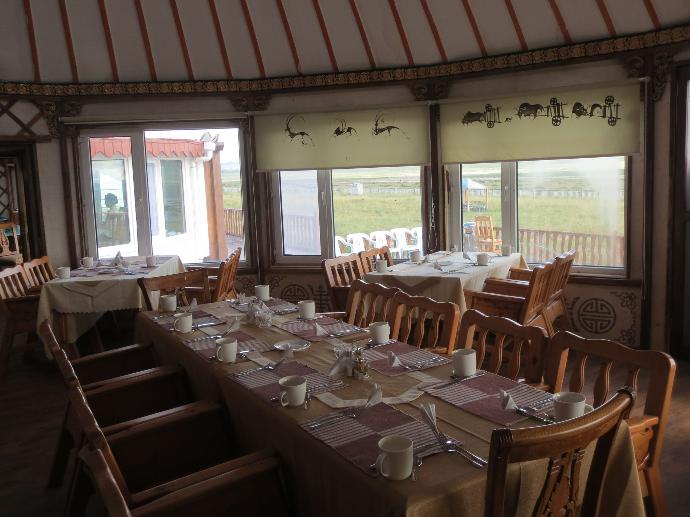
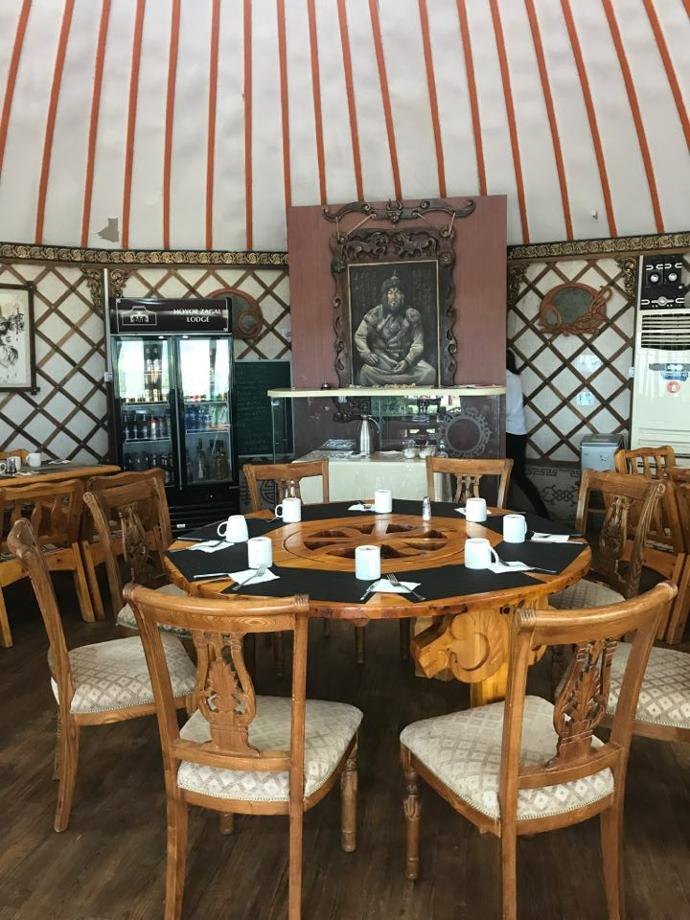
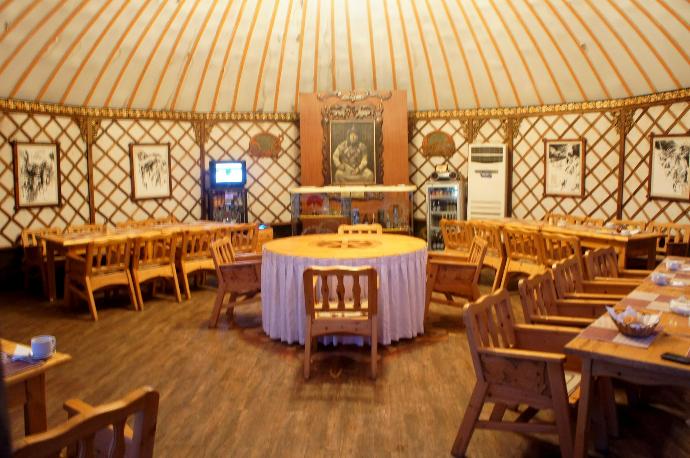

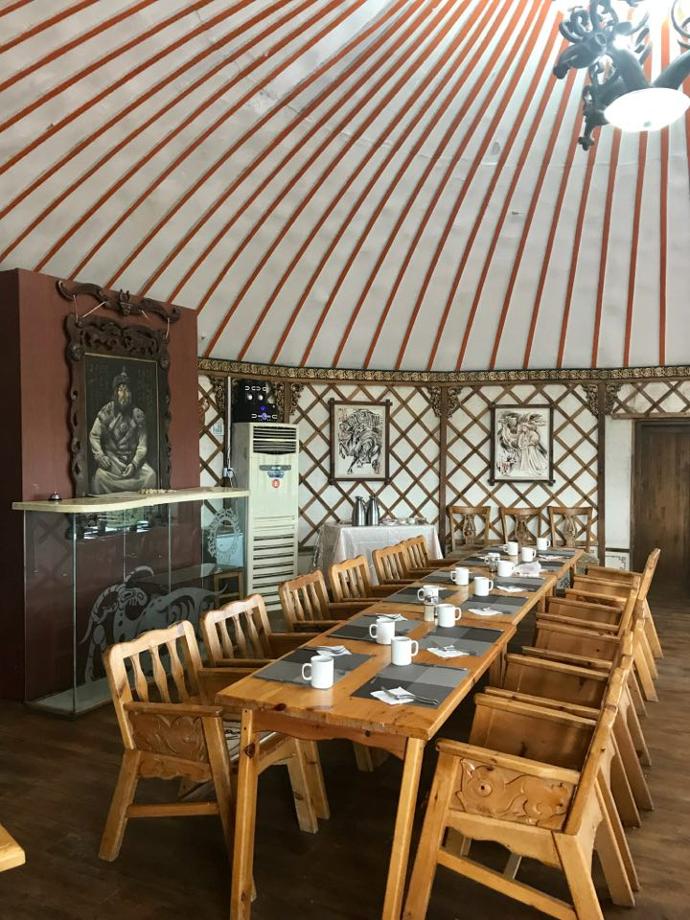
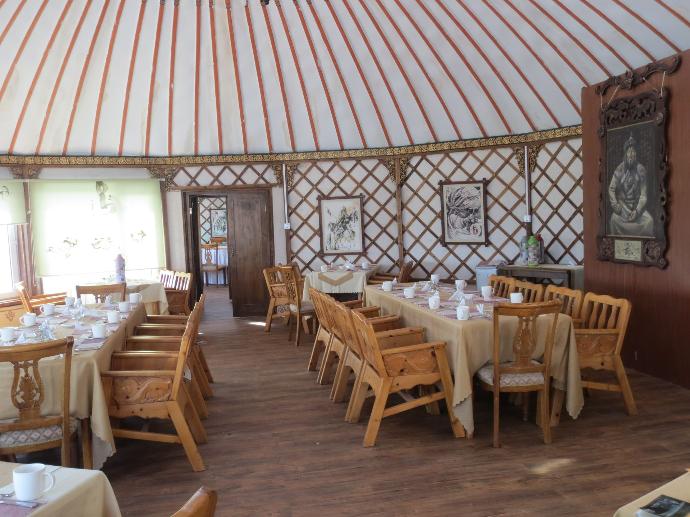

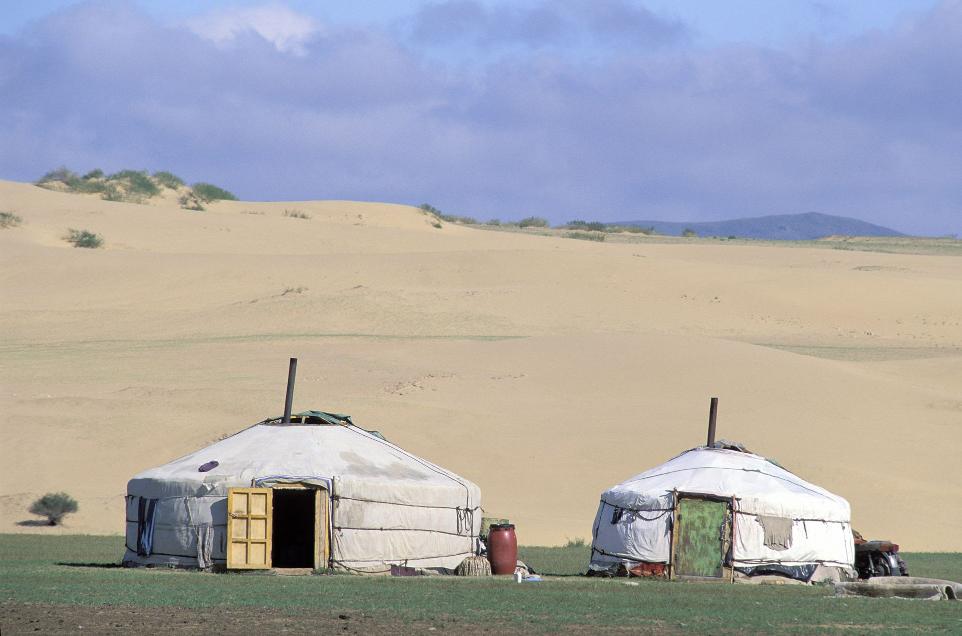
Constructing ger
The ancient Mongolians developed a portable dwelling suited to their nomadic lifestyle. It was a long-lasting configuration that was easy to build or dismantle. It takes about half an hour to build or dismantle a standard sized family ger. However, there needs to be more than 2 people as it involves accurate balancing and spacing. At the lodge, you will be involved in taking part in constructing a traditional ger.
Visiting camel herder family
Onoo’s family is a local camel breeder with several heads of camels. You will get the opportunity ride camel on the sand dunes which is characterized by picturesque scenery. It offers great opportunities for hiking, rock climbing, rafting and horse, camel riding.
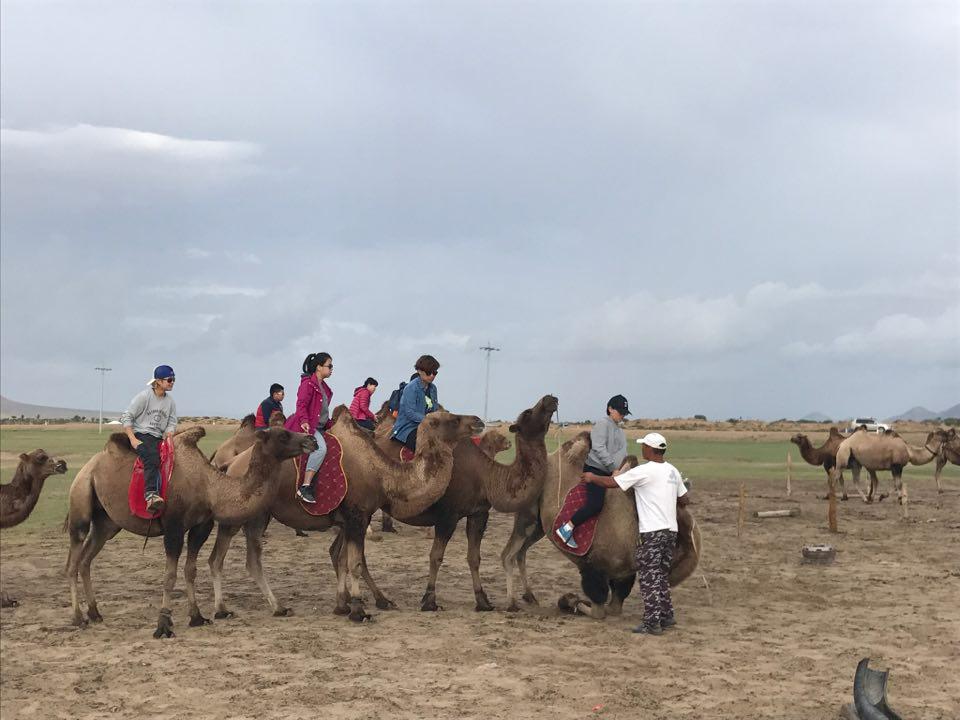
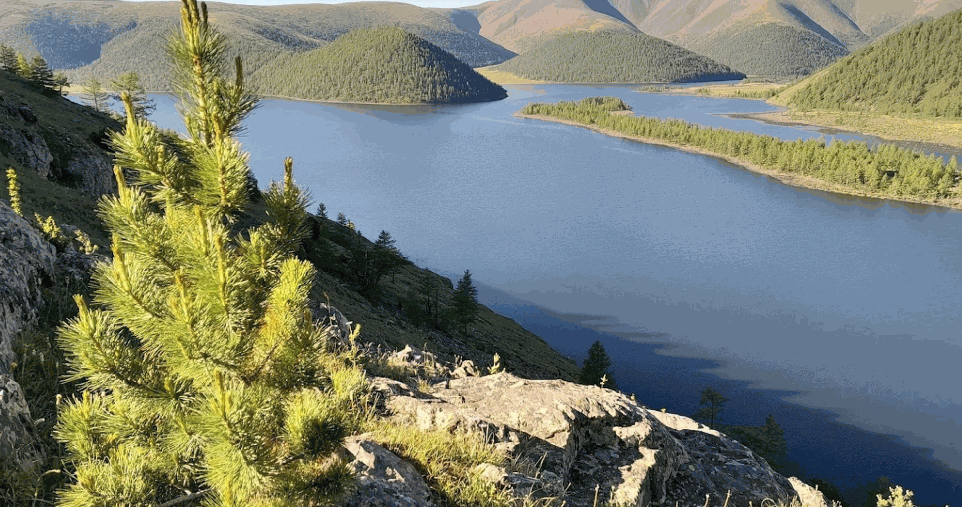
Lake Shireet Tsagaan is one of 3 small lakes in southeast of Mountain Ikh Mongol, 27 km north from Burd Soum of Uvurkhangai province and is located around 30 km south west of the camp. This lake is surrounded by sand and lizards found everywhere around the lake conjure up “Gobi” or half-desert in southern Mongolia. A forest of larch, wicker and elm around the lake and a melody of cuckoo make the area appear much like a mountainous area in western Mongolia.
It is so fascinating that such a small area like it covers all Mongolian distinctive natural features. It means you can see gobi or half-desert zone, forested region as well as mountainous area all at once. On the bank of this lake, in 1639 Zanabazar, a son of Tusheet khan Gombodorj, was titled as “First Bogd Gegeen” and a castle, Shar Bust Urguu, was built. This laid a foundation of current Ulaanbaatar. First Bogd Zanabazar consecrated a juniper of a particular type which grows in Mountain Ikh Mongol. Khogno Khan Natural Reserve covers 46,990 hectares of land and is located in Rashaant county of Bulgan province. The taiga and steppe plants grow in this area and represent two or three different natural zones. This area was taken under state protection in 1997.
Khogno Khan, a splendid mountain is situated in the border area of Uvurkhangai, Tuv and Bulgan province. This is a magnificent place with mountains, forests, steppes, Gobi-type desert and mineral water sources all in one location. There are many wild animals such as wolves, deers, foxes and snow leopards inhabited here.

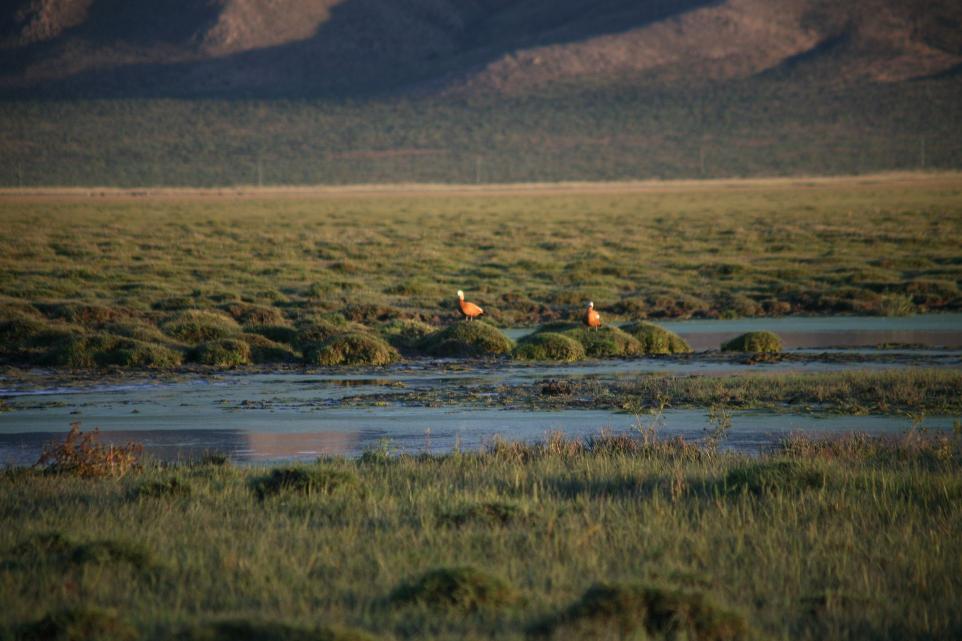
Uvgun Monastery - One of the main attractions of this area is Uvgun monastery which was built in 17th century by Saint Zanabazar who was a great sculptor and the biggest representative of Buddhism in Mongolia. During Middle Age feuds between Western and Eastern Mongolians (Dzungaria and Khalkh Mongolia) after the collapse of the Mongol Empire.
The armies of Dzungarian leader Galdan Boshigt noticed the golden roofs of the temples in Khogno Khan Mountain and massacred the partisan-monks of the rival Zanabazar in 1640, killing them by tying their necks with a rope (the Mongolian verb for the action is khognokh) as if they were goats and sheep.
This is the meaning of name of the mountain. After democratic revolution in 1990 the monastery was restored by the granddaughter of the monks who was living at the monastery. This area is pleasant for many activities such as hiking, mountain climbing and horse riding.
Sand dunes - In Khogno Khan Natural Reserve, there is an extraordinary sand dune called Elsen Tasarkhai. "Elsen tasarhai" is a part of the Great Mongolian Sand dunes and extends about 80 km. The scenery is a perfect combination of desert, picturesque mountains, river and green grassland


Lake
Stroll down to a small lake at the gate of Hoyor Zagal Lodge. This lake is home to hundreds of birds and waters livestock in the area. It is advisable to visit the early in the morning to witness the gathering of various birds and livestock’s mingling together before get on their respective days.


